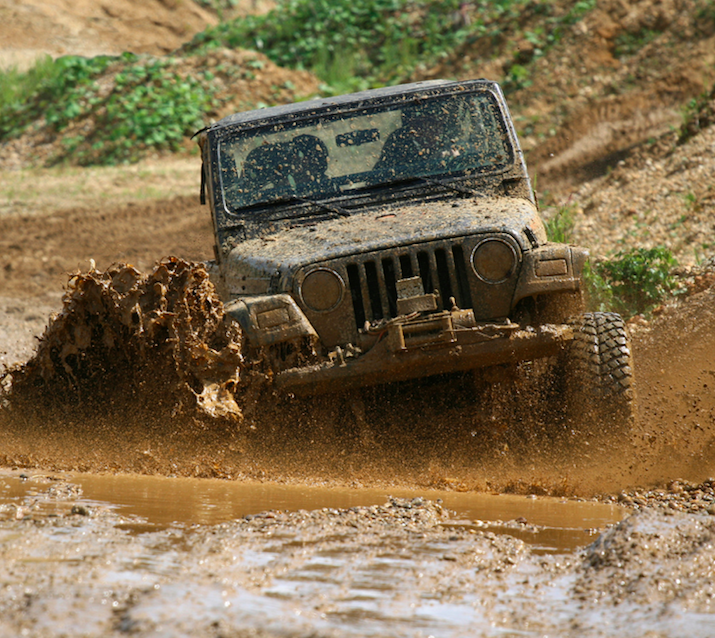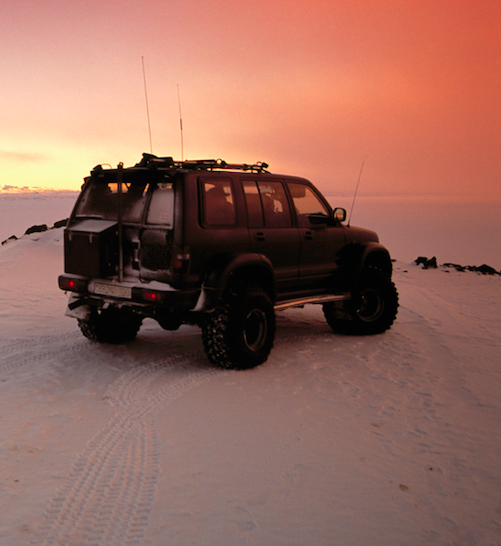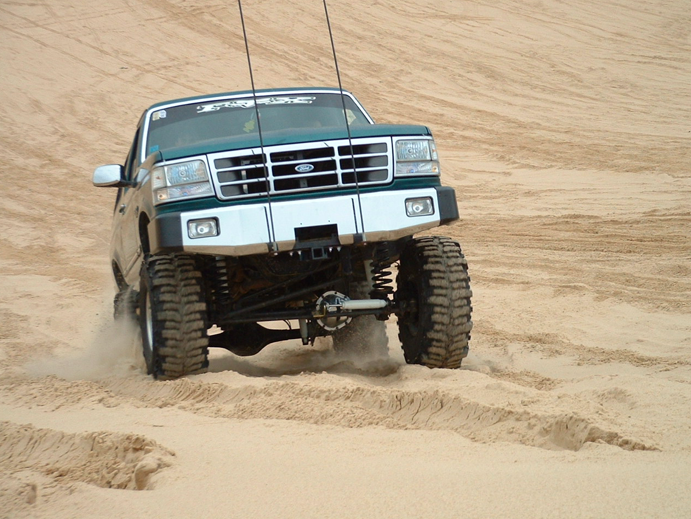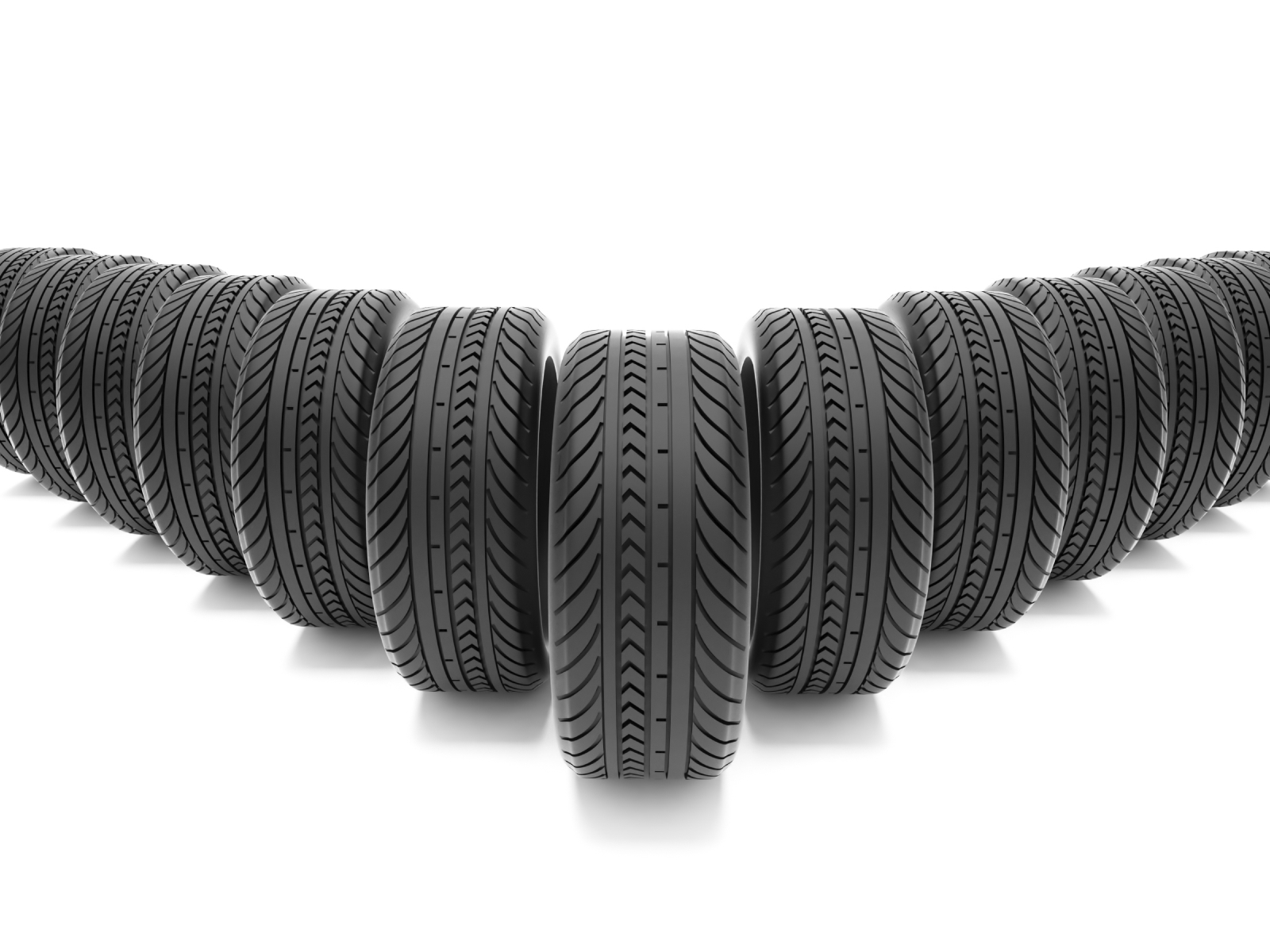Last Updated on April 21, 2024
Your Year-Round Off-Roading Handbook
Off-roading isn’t just a hobby; it’s a passion that beckons adventurers to explore the untamed wilderness, conquer rugged terrains, and immerse themselves in the thrill of the great outdoors. But the journey doesn’t stop with the changing seasons for those seeking the ultimate off-roading experience.
This comprehensive guide unveils the secrets to mastering all seasons and provides the knowledge and equipment you need to become an all-year-round off-roading champion.
In the mid-season two-part special of the Grand Tour, Jeremy Clarkson, Richard Hammond, and James May were constantly getting stuck in Namibian dunes. They didn’t seem to follow proper protocols – at least on camera – for getting out of ruts. Snow, mud, and sand all present different challenges when going off the beaten path. Driving in snow or sand could easily lead to a boiled radiator.
Earth will always find a way into car fluids!
While trying to get out of ruts may seem similar, as all three cause your truck or Jeep to sink, techniques differ for getting unstuck. Your suspension could make it easier or tougher, depending on what you are stuck in. Let’s go over how you can have fun and not get your wheels stuck – or how to get unstuck in the elements safely so the fun doesn’t stop, no matter the season.
The Year-Round Off-Roading Adventure
For off-road enthusiasts, every season presents a unique opportunity to explore nature’s wonders. From traversing snow-covered trails in winter to conquering muddy paths in spring, off-roading knows no boundaries. Discover the joys of year-round adventures and how to gear up for each season’s challenges.
For passionate off-roading enthusiasts, the call of adventure knows no boundaries, and every season offers a unique opportunity to explore the great outdoors. From navigating snowy trails in winter to conquering muddy paths in spring, the thrill of off-roading transcends the changing seasons. In this section, we’ll delve into the joys of year-round off-roading and equip you with the knowledge and gear you need to become a true all-season off-roading champion.
Preparing for the Off-Road Odyssey
Off-roading puts your vehicle to the test in ways that regular street driving never could. The diverse terrains you’ll encounter—mud, snow, sand, or rocky trails—demand specialized preparations. Here’s how to equip your ride to tackle any off-roading challenge, regardless of the season.
When it comes to off-roading, preparation is key. By selecting the right off-road tires, upgrading your vehicle’s components, and honing your skills, you can confidently embrace off-roading year-round. Equip your ride to tackle any element and experience the thrill of conquering challenging terrains.
1. Tire Selection: Your Off-Road Foundation
Tires are your vehicle’s point of contact with the terrain. Choosing the right off-road tires is crucial. Consider all-terrain or mud-terrain tires with deep tread patterns that provide excellent traction for mud and snow. Dunes require tires designed for flotation and low-pressure environments, while rocky trails benefit from rugged, puncture-resistant tires.
2. Lift Kits and Suspension
Off-roading often means navigating uneven terrain. Lift kits and upgraded suspension systems provide extra ground clearance, allowing you to tackle obstacles without scraping the undercarriage. High-quality shocks and struts enhance vehicle stability and control, especially in rough conditions.
3. Protection for Undercarriage
Installing skid plates and underbody armor protects vital components like the engine and transmission from rocks and debris. These safeguards can prevent costly damage when you venture into rugged terrains.
4. Winches and Recovery Gear
When venturing off-road, it’s wise to be prepared for unexpected situations. A winch can pull your vehicle out of tricky spots, while recovery gear like tow straps, shackles, and a high-lift jack can be a lifesaver in challenging circumstances.
5. Off-Road Lights
Visibility is essential, especially when off-roading at night or in low-light conditions. Upgraded lighting with powerful LED off-road lights lets you see the path ahead clearly.
6. Regular Maintenance
Off-roading is demanding on your vehicle, so proper maintenance is crucial. Regularly check fluid levels, brakes, and suspension components. Ensure your vehicle is in top condition before every off-roading adventure.
7. Skill and Knowledge
Finally, invest in improving your off-roading skills and knowledge. Taking an off-road driving course or joining off-roading communities can provide valuable insights and camaraderie.
Note: Don’t wait – start your off-road journey today with Tire Easy. Our wide selection of off-road tires and accessories has everything you need to prepare your vehicle for the ultimate off-roading adventure.
Mastering Off-Roading Elements: Mud, Snow, and Sand Survival Guide
Off-roading is an exhilarating adventure, but tackling different terrains requires knowledge and preparation. In this comprehensive guide, we’ll take you through the challenges of mud, snow, and sand, offering valuable tips to help you conquer these elements throughout the year.
Whether you’re navigating slippery mud in spring, snowy trails in winter, or sandy dunes in the summer, this survival guide will equip you with the skills and techniques needed to enjoy off-roading safely and confidently in any season. Get ready to explore the great outdoors and make the most of your off-roading adventures!
Mud
Let’s start with the most common off-road obstacle, often found fall through spring, that may be the trickiest: mud. Before you start, if you know you will be in the soil, get tires meant for slick ground, like these Cooper tires. Try maintaining momentum, which means you will likely be in 4×4 High. Know how deep and far the mud is if you get stuck. Gut instinct probably tells you to gun the throttle to try to get out, but that will only make it worse.

Try this instead: First, let air out of your tires until 20 psi. This will give the tires more traction. Turn the traction control off, and put the car in 4×4 High. If possible, choose a higher gear. Rock back and forth at low RPMs. If you have a winch and tow cable (you should!), try to find something heavy to use to pull yourself out. You could overheat the radiator if you keep the throttle up too much, especially without progress. Keep spare water on hand to cool it down, just in case.
Once you are out, you will want to flush engine lines. Mud has a habit of getting everywhere and will not do your engine any favors.
Snow
Next, snow in the winter and spring. Many of the same techniques from tackling mud apply here. Have a shovel to dig out snow if you are stuck. The snow may impede the chassis, axle, or tires.
Just like knowing how far and deep the mud is, knowing what kind of snow you will face is half the battle. Is it a new powder, which can be hard to drive in and easily get stuck in? Or is it packed down and hard, solid enough to provide adequate grip? If the snow is a few days old, but the temperature has fluctuated, there may be ice – which means more slipping and sliding. The snow could change throughout the day, meaning you will face different conditions when you leave an area than when you arrived.

Much like mud, spinning tires in snowy conditions could boil your radiator. Making your trail is also hard on the cooling system, so switch off which car is in the lead if possible. Snow can also clog the radiator, limiting air intake and thus the ability to cool. Running straight water can lead to lines freezing, so mix in a bit of antifreeze.
One of the best ways of getting unstuck is to create traction. You can use tree branches, bark, or dirt. But what is the best way to ensure you have a way out? Bring cat litter. Throw a bag in the back, and pour some on the snow where you are stuck.
Finally, although keeping momentum can be key to not getting stuck, you still want to proceed cautiously. Snow can hide rocks and other objects just waiting to break your car. The treads on the tire can also affect how snow and slush are directed out from the tire, so be sure to have snow-ready tires.
Sand
Circling back to the Grand Tour hosts, they got stuck between a large dune and the sea – as the tide was coming in. How can you avoid this situation while enjoying the beach in the summer? The first step is to travel light. With little to use as an anchor, you can probably leave your winch at camp. Alternatively, if you are alone, bring the winch and a land anchor to pull yourself out. Travel fast and light – just like the dune buggies of old, with high horsepower, an air-cooled engine, and light chassis. The Grand Tour gang had modified carts, for the most part, which likely didn’t help.

Next, keep tire pressure down to 15 to 20 psi to sound like a broken record. Shock and suspension also play here, with more ground clearance critical for dunes. Uneven ground means a good rest is worth its weight in gold, and an independent front suspension is best for sand. While more delicate, IFS systems will let you go faster over dunes – maintaining momentum – and give you greater control.
That being said, don’t take sharp corners. Back out if needed and use a floor mat for traction. Front-wheel drives will get stuck in loose sand immediately, while back-wheel drive will do better. 4WD is best, of course.
Now that you know how to tackle common off-road environments, jump in your car and have fun in any season!
Your Year-Round Off-Roading Gear Guide
No matter the season, having the right gear is essential for off-roading success. We’ll provide an in-depth look at the must-have equipment, from winches to recovery gear, that will prepare you for any situation.
Having the right gear can make all the difference in off-roading. Whether you’re venturing into the snowy wilderness of winter, tackling muddy trails in spring, embracing summer’s sandy dunes, or enjoying the colorful foliage of fall, being well-prepared is essential.
This guide introduces you to the must-have gear for off-roading year-round, ensuring you’re ready to conquer any terrain Mother Nature throws. Get ready to elevate your off-roading adventures with the equipment that makes off-roading more enjoyable, safe, and exciting, no matter the season.
Conclusion
In the world of off-roading, there’s no such thing as an off-season. Throughout the year, adventurous souls embrace the call of the wild, exploring diverse terrains, overcoming obstacles, and immersing themselves in the beauty of nature. “Off-roading Year-round: A Guide to the Elements” has equipped you with the knowledge and gear to conquer every season, ensuring that your off-roading journey remains exhilarating and unforgettable. So, gear up, hit the trails, and confidently embrace every season’s challenges and wonders.
Your off-roading adventure awaits!
FAQs
What are the benefits of off-roading?
Off-roading offers a thrilling escape into nature, allowing you to explore remote and scenic locations that aren’t accessible by conventional vehicles. It’s an adventure that provides a unique connection with the outdoors and a sense of freedom.
How do I prepare for off-roading?
Preparing for off-roading involves choosing the right vehicle, equipping it with off-road tires, and learning essential off-roading skills. You’ll also need to bring recovery gear, know the terrain you’ll encounter, and ensure your vehicle is in top condition.
What does it mean to be off-roading?
Off-roading refers to driving a vehicle on unpaved, rugged, or natural terrain, away from traditional roads. It often involves exploring remote areas, encountering challenging obstacles, and embracing the adventure of navigating diverse landscapes.
How do you drive off-road for beginners?
For beginners, start by learning basic off-roading techniques, such as tire pressure adjustment, choosing the right gear, and maintaining momentum. Practice in a safe environment, take an off-roading course and gain experience gradually to build confidence off-road.









